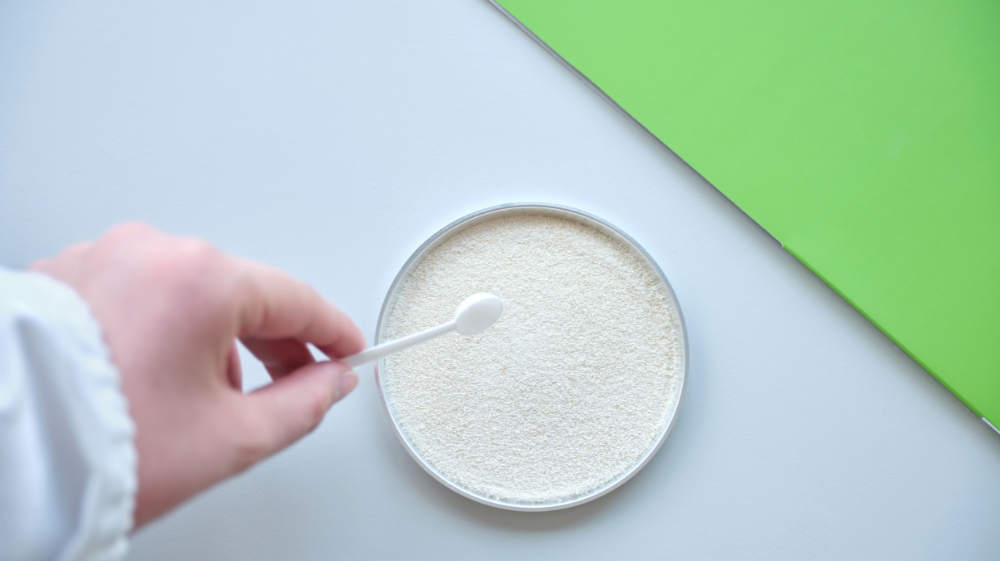
Super-absorbent powders: what they are and how they work.
Super-absorbent powders are a key component in a wide range of products, from baby nappies and adult incontinence pads to medical products and food packaging. Thanks to their incredible liquid absorbency, they have transformed the way we live our daily lives.
In recent decades, manufacturers of super-absorbent powders have made considerable efforts to improve their performance and characteristics while looking for more sustainable solutions. In recent years, Magic has developed a biodegradable and compostable powder called Spongel, which offers much higher absorption and liquid retention values than most biological SAPs (Super Absorbent Polymer) currently on the market.
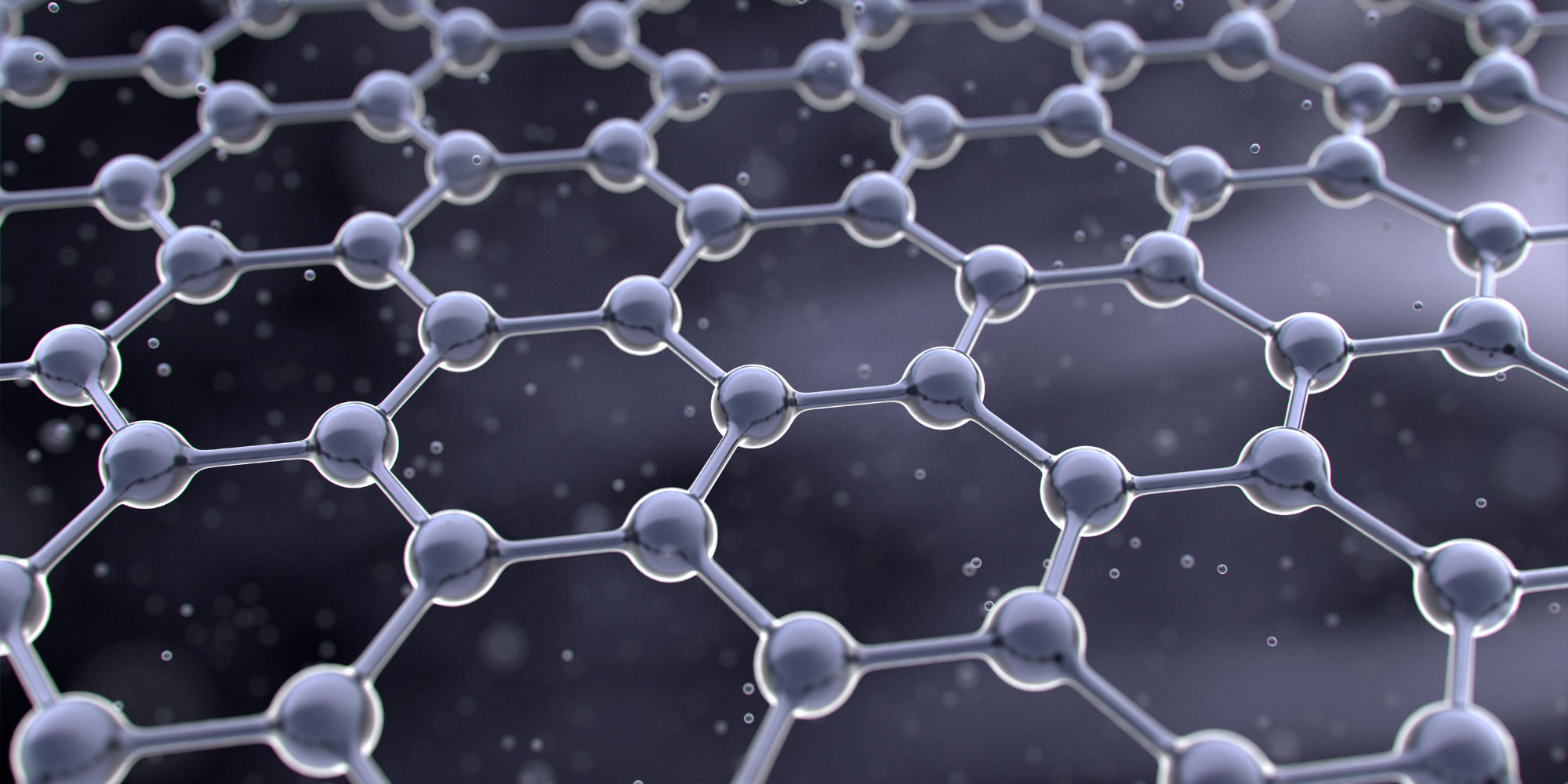
How super-absorbent powders work
Super-absorbent powders are mostly composed of cross-linked hydrophilic polymers that, as they swell, absorb large amounts of liquids, up to several hundred times their weight. The molecular structure of cross-linked hydrophilic polymers consists of a three-dimensional network of long polymer chains, the degree of cross-linking of which influences their swelling and absorption properties. In particular, the absorption and retention of large quantities of fluids are linked to the presence of hydrophilic functional groups on the polymer surface, which interact with water molecules through electrostatic forces.
When a super-absorbent powder is in contact with a liquid, the ions within the polymers dissociate, generating an osmotic pressure that pushes and locks the liquid within the particles, forming a gel. One gram of super-absorbent powder can absorb up to 500 grams of pure water; the characteristics of super-absorbent powders vary depending on their chemical composition, structure and production method.
Applications of super-absorbent powders
Super-absorbent powders find application in several industries:
- Sanitary products: nappies, incontinence products and feminine pads, keeping the skin dry and protected for several hours.
- Medical bandages and pads: used to treat wounds, burns and lacerations.
- Food packaging absorbents: protect fresh products from damage caused by the liquid release.
- Improved water retention in agriculture: improve the efficiency of water and fertilizer usage, especially in drought conditions or sandy soils.
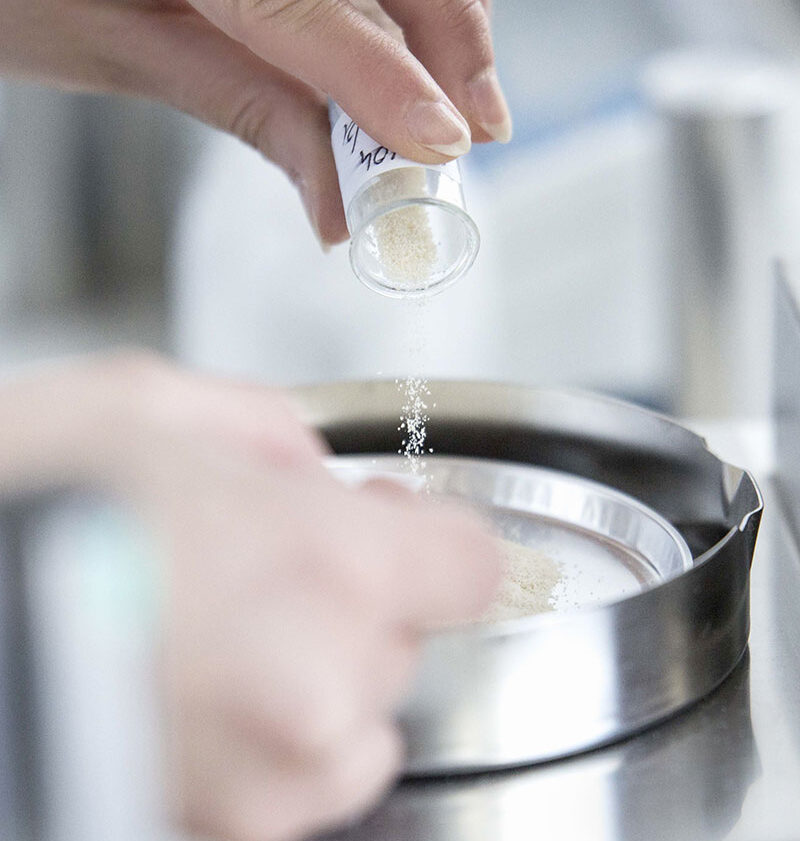
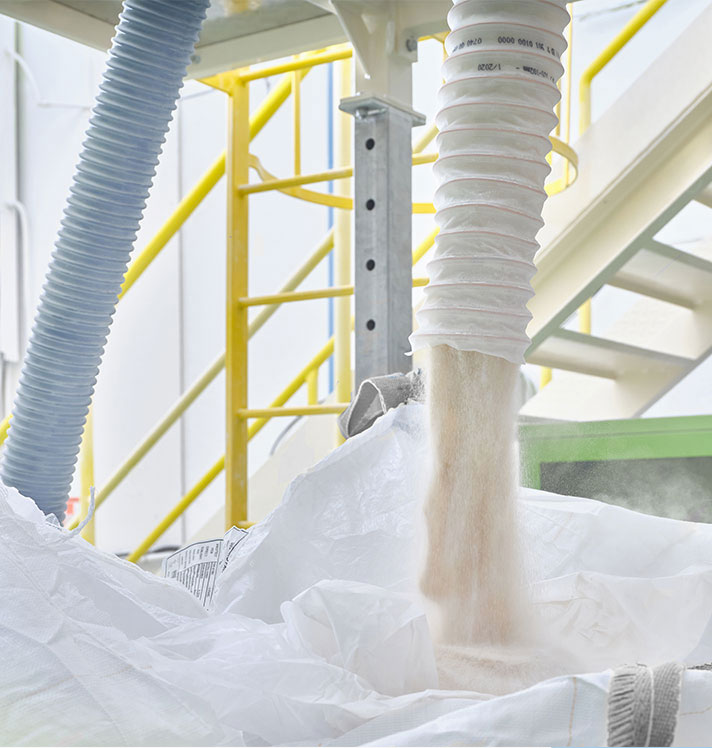
Spongel, the sustainable super-absorbent powder
Having explored the wide use of super-absorbent powders, it is interesting to discover Spongel, an option with interesting innovative features.
It is a biodegradable and compostable super-absorbent powder produced by Magic. Its formulation is 85% based on organic material, making it a product with a low environmental impact compared to other powders on the market.
But that’s not all: Spongel also has innovative technical features. Compared to most currently available organic SAPs, it has much higher absorption and liquid retention values.
It has a free absorption capacity in saline solution of up to 70 g/g and absorption values underload of over 20 g/g.
In terms of retention of the absorbed liquid after centrifugation of saturated SAP, Spongel achieves retention values of around 35 g/g, very close to those of the best acrylic SAPs.
This super-absorbent powder is the result of a R&D project started by Magic in 2015: in just a few years, the company implemented and tested a production process that uses only organic raw materials.
In 2017, it won first prize in the Raw Materials and Innovation category at the Index Awards in Geneva, the highest award for the best examples of excellence in the industry, and in 2020 it was certified OK Compost Industrial.
The combination of high technical performance, low environmental impact and chemical-free production makes Spongel an attractive solution for many industrial applications.
Airgel g-grade: Spongel’s super-absorbent application
One of the applications of Spongel is Airgel g-grade, the compostable airlaid by Magic, which is also OK Compost certified.
It is a lightweight, sustainable material with the capacity to absorb more than times its own weight.
Among the main uses of this revolutionary airlaid is G-pad, a compostable food pad that can be disposed of in the organic fraction and recycled through industrial composting. Airgel g-grade proves equally effective in the medical and hygiene industries, thanks to its absorbent properties and the absence of chemical additives. Because of its adaptability, the absorbent core can be o according to specific needs, reducing material waste and environmental impact.
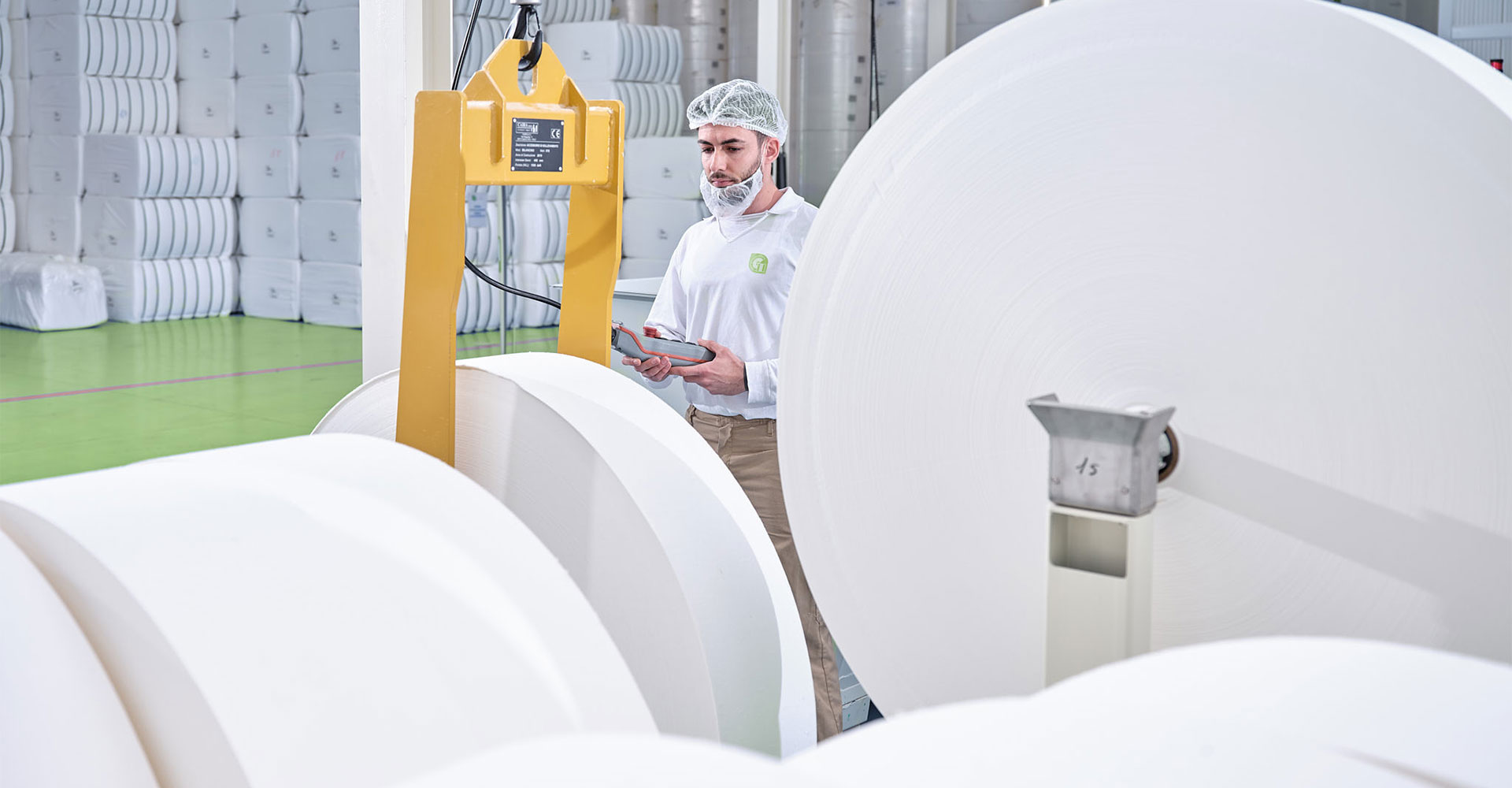
Super-absorbent powders have revolutionized the way we live, providing comfort and safety in many applications. However, it is essential to assess their environmental impact, especially considering their chemical composition and recycling difficulties. To ensure a sustainable future, it is crucial that industry continues to invest in environmentally sustainable solutions and adopt responsible practices.
Human well-being is also about looking ahead and caring for our planet and its resources. The industry has a crucial role in this process and must play its part in ensuring a sustainable future for all.







